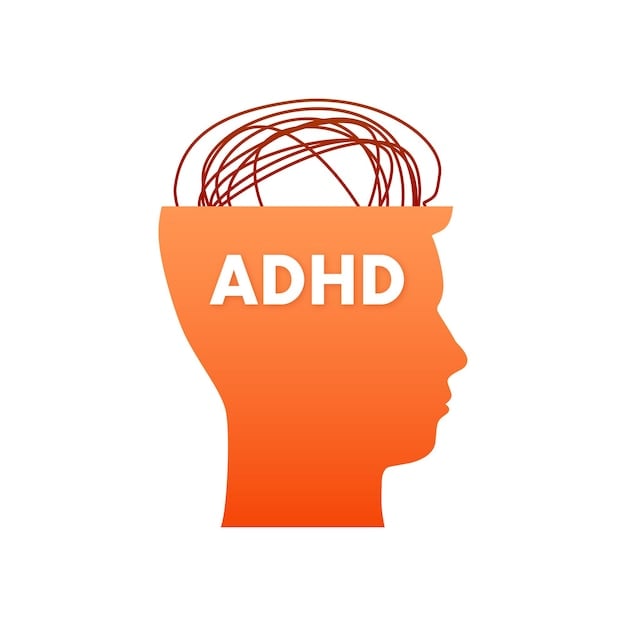

They may block IP addresses associated with consumer ISPs. Assuming that’s the case, I would guess you’re seeing that as an HSTS/TLS error because their network is trying to trick your browser into redirecting to/displaying an error page hosted by some part of their network.







Yeah.